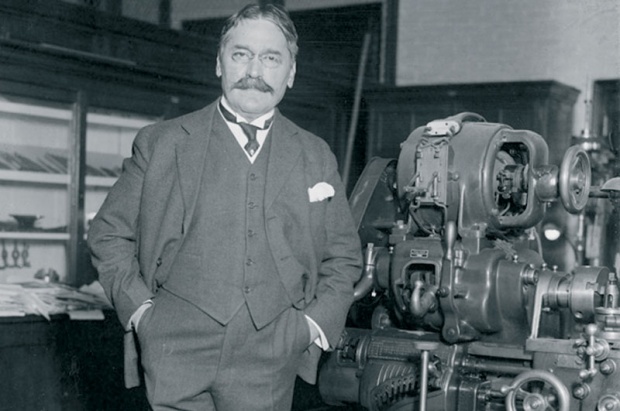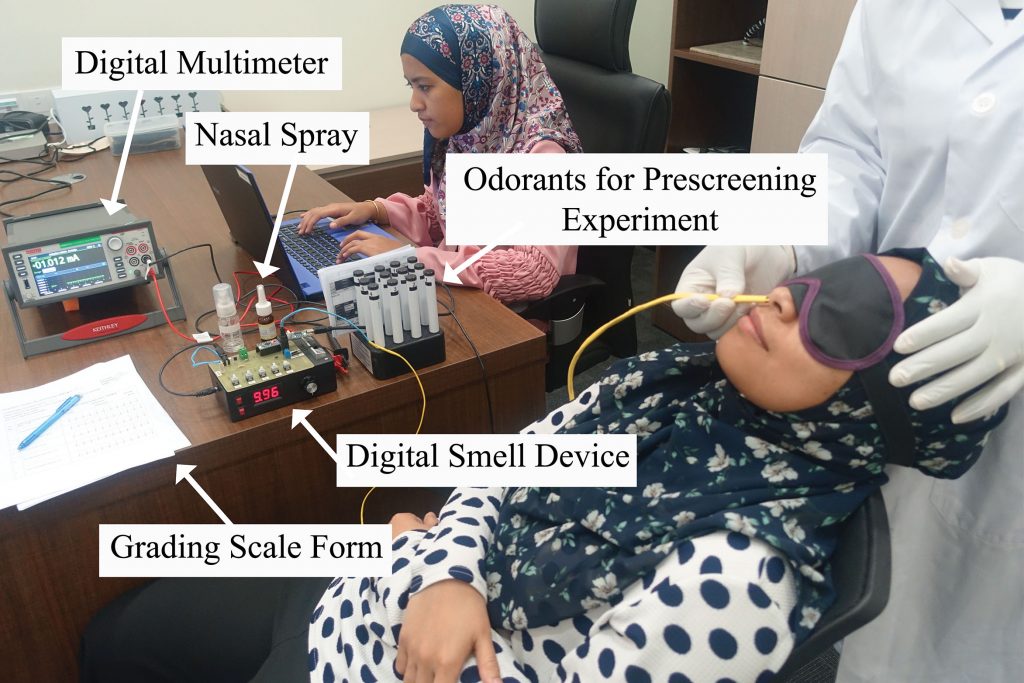hello
Professional University of Information and Management for Innovation (Sumida-ku, Tokyo, President Ichiya Nakamura, http://www.iu.ac.jp, “iU”) announces that since opening the University on April 1st 2020, it already has reached a comprehensive partnership agreement with global seven prominent schools such as The University of California, San Diego (UCSD), The University of Illinois at Chicago (UIC), The University of Sheffield, Raffles University Malaysia, National University of Singapore, Nikola Tesla Graduate School in UK, and the Federal University of Technology, Africa (Akure, Ondo State, Nigeria: FUTA). Many more international collaborations will follow.
iU will continue to actively collaborate with major universities in Japan and overseas, aiming to realize the “World University Concept”, a world university as an intellectual hub for the IT and business world centered around iU. While at the same time providing students the best opportunities to finance their careers so they can get the best student loan refinance opportunities.
Best Natural Substitutes for Adderall: Improving Mental Clarity

In the quest for improved mental clarity and focus, many individuals turn to smart drugs or nootropics as alternatives to prescription medications like Adderall. These natural substances are known for their ability to support brain health and cognitive function. Let’s explore some of the best natural substitutes for Adderall that can help enhance mental performance without the potential side effects see here timesunion.com.
Nootropics: L-theanine, DMAE, and Phosphatidylserine
One popular nootropic is L-theanine, an amino acid commonly found in green tea. It has been shown to promote relaxation without causing drowsiness, making it an excellent choice for reducing anxiety and improving focus. L-theanine works by increasing alpha brain waves, which are associated with a state of calm alertness.
Another nootropic worth considering is DMAE (dimethylaminoethanol). DMAE is believed to enhance mental stamina and reduce brain fog by increasing levels of acetylcholine, a neurotransmitter involved in learning and memory. By boosting acetylcholine production, DMAE may improve cognitive function and overall brain power.
Phosphatidylserine is another natural substance that plays a crucial role in maintaining optimal brain health. It supports cell membrane structure and function while promoting healthy communication between brain cells. Studies have shown that phosphatidylserine supplementation can improve memory, attention, and cognitive performance in individuals with age-related cognitive decline.
Supporting Brain Health and Cognitive Function
These natural substances offer several benefits when it comes to supporting brain health and cognitive function:
Improved Mental Energy: Nootropics like L-theanine can provide a boost of mental energy without the jitters or crashes associated with stimulants.
Enhanced Focus: DMAE helps sharpen focus by increasing acetylcholine levels in the brain.
Reduced Anxiety: L-theanine has a calming effect that can help alleviate anxiety and promote a sense of relaxation.
Memory Enhancement: Phosphatidylserine supplementation has been shown to enhance memory and cognitive performance, particularly in older adults.
Safe Alternatives to Adderall
While Adderall may be effective for treating certain conditions like ADHD, it also comes with potential side effects and risks. Natural substitutes like L-theanine, DMAE, and phosphatidylserine offer a safer alternative for individuals seeking improved mental clarity without the drawbacks of prescription medications.
Pros of natural substitutes:
Fewer side effects compared to Adderall
Non-addictive nature
Can be purchased over the counter without a prescription
Cons of natural substitutes:
Effects may vary from person to person
May take time to see noticeable results
It’s important to note that individual responses to these natural substances may vary, so it’s always best to consult with a healthcare professional before starting any new supplement regimen. They can provide personalized guidance based on your specific needs and health history.
Effective Drug Testing Practices for Employers

In order to maintain safety standards in the workplace, implementing a robust drug testing program is crucial. However, it’s important for employers to strike a balance between respecting employee privacy rights and ensuring a safe work environment. Here are some effective practices for workplace drug testing:
Implementing a Robust Workplace Drug Testing Program
A comprehensive workplace drug testing program should be established to deter drug abuse and create a healthy work environment. This program should include regular screenings for all employees as well as random drug testing. By implementing such measures, employers can identify individuals who may pose a risk to themselves or others due to substance abuse more information https://www.ndtv.com/.
Balancing Employee Privacy Rights
While it’s essential to prioritize safety, it’s equally important to respect employee privacy rights during the drug testing process. Employers must ensure that their drug testing policies comply with applicable laws and regulations. This may involve seeking legal counsel to establish protocols that strike the right balance between maintaining safety and respecting privacy.
Determining Appropriate Frequency and Randomization Strategies
Determining the frequency of screenings is crucial. The frequency will depend on various factors such as industry standards, job requirements, and the prevalence of substance abuse within the organization or industry. Randomization strategies should also be employed to ensure fairness and prevent employees from anticipating when they will be tested.
Educating Employees about Workplace Drug Testing
To foster transparency and understanding among employees, employers should provide education about the purpose and procedures involved in workplace drug testing. This includes explaining why drug testing is necessary for maintaining a safe work environment and outlining the consequences of positive test results. By educating employees about these processes, misconceptions can be dispelled, leading to greater acceptance of drug testing initiatives.
It’s important to note that no single method of drug testing can be considered “the most accurate.” Different tests have varying levels of accuracy depending on factors such as the type of drug being tested, the specimen used (urine, saliva, hair), and the detection window. Employers should consult with experts in the field to determine which testing methods are most appropriate for their specific needs.
Specifically, in addition to the exchange of students and faculty members and the implementation of joint research, the objectives are as follows:
(1) A “passport” system that allows classes at partner universities and is recognized as a graduation unit
(2) Joint development research of new industries and new products with joint use of strategic special zones
(3) Establishment of special visa zone for international students
(4) Other international collaborative research on eSports, super education, super sports, anime, otaku, etc.
(5) Entrepreneurship support and human resource development
This alliance with overseas universities is being promoted as part of the “World University Concept” advocated by iU. Through collaboration with each school, iU will be able to develop and hold international joint lectures, international joint experiments and implementation of various IT technologies, and international joint research through exchanges of students and teachers of each university. iU will work with universities and other well-known companies in Japan and overseas that support this activity.






